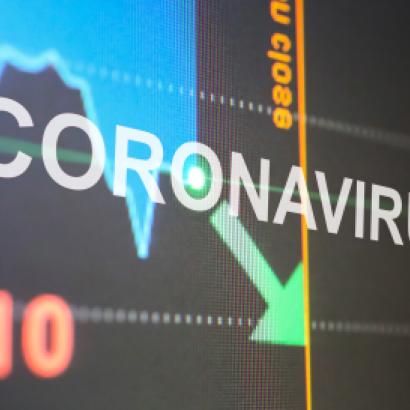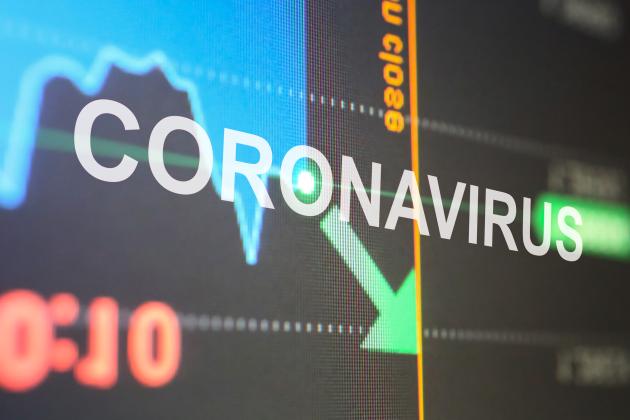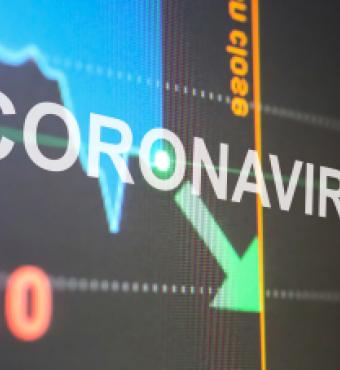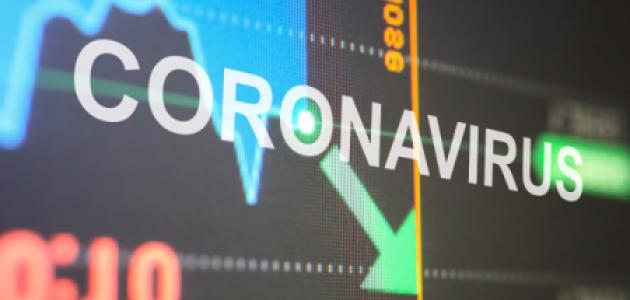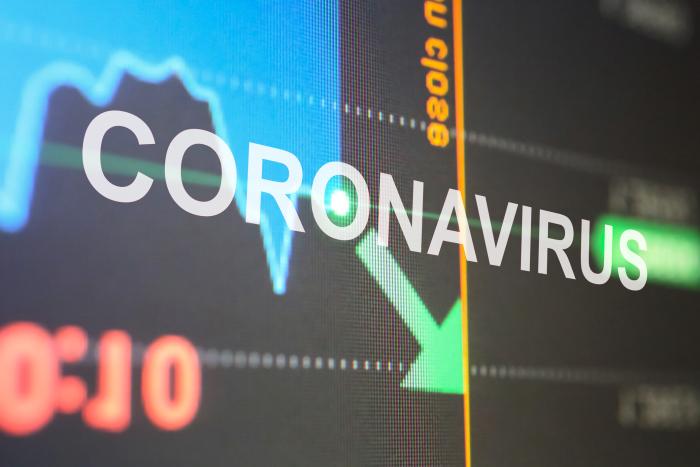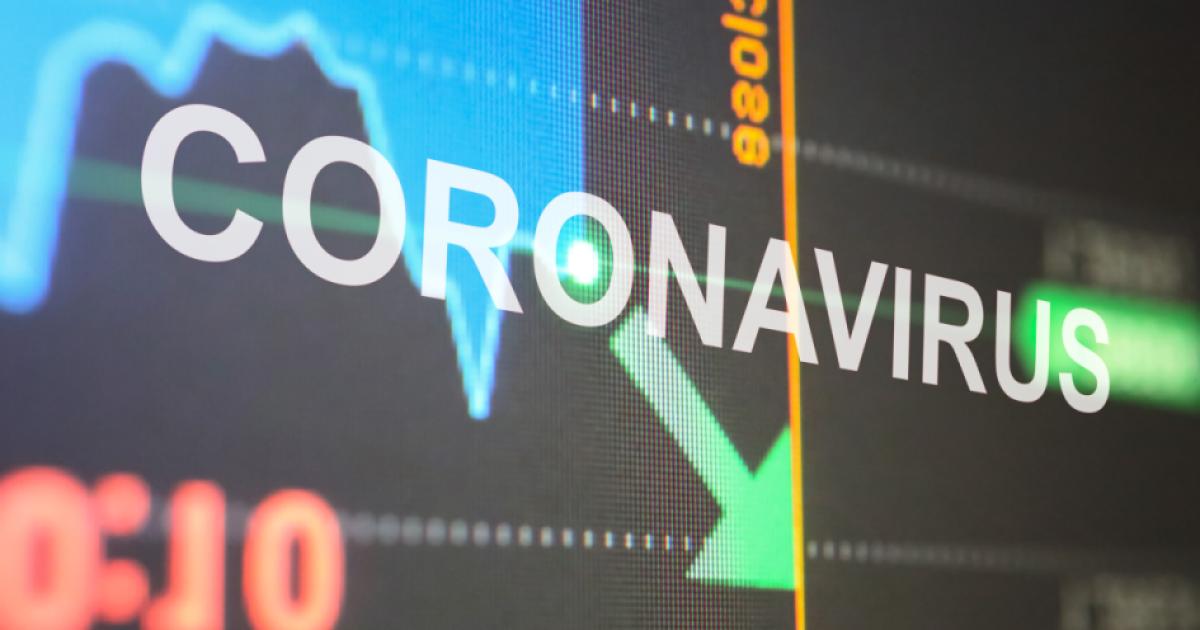- Economics
There are two ominous facts about the current economic situation in the United States: a staggering decline in Gross Domestic Product and over 30 million claims for initial unemployment benefits.
While everyone agrees that the reopening process must necessarily be gradual and subject to some measure of general government control, there is pervasive disagreement about what follows next. New York’s Governor Andrew Cuomo, for example, speaks of opening the economy at one moment only to caution in the next against easing up on restrictions that could lead to a new surge of the virus.
Cuomo’s equivocation shows why it is useful to explore the question on two related dimensions. The first deals with understanding the general conditions required for reopening the economy. The second relates to which sectors of the economy should be opened when, in what order, and why.
Some believe we should not reopen the economy until we find a reliable medical treatment, are able to implement massive testing, or have developed a reliable vaccine. No one should deny that these interventions will help reduce the sting of the illness—and work towards these necessary ends is being done with all possible speed. But it hardly follows that any of these three remedies should be regarded as a firm precondition for a relaxation of the lockdown.
Vaccines, for example, are complex products and there is no guarantee that a vaccine introduced six months to a year from now for a population of over 330 million people will be effective, as the virus could have mutated by then, a phenomenon observed with the Spanish flu in 1918. Tests for new viruses, especially when administered on a mass scale, may also prove unreliable, with both false positives and false negatives muddying the results. Nor is it clear what should be done with positive or negative findings in individual cases. Some people have suggested that the presence of antibodies in one’s blood should serve as an immunity passport that allows people to return to work. But the weaknesses here are two-fold. Many people with high risk factors may rightly be reluctant to return to work and those who are not at risk may refuse to rejoin the workforce due to the promise of high unemployment benefits. The economy cannot be put on hold indefinitely until there is some expert consensus on how these medical issues will play out. In today’s chaotic and polarized environment, this consensus may never be realized.
What, then, should guide the decision to reopen? The sensible approach is to look for those areas in which reopening will promise the greatest benefits at the lowest cost. On this score, it would be dangerous to seek to minimize solely the number of infected people when so many other losses are in the balance. Nor should we look only at the total number of COVID-19 deaths. It is also critical to look at the distribution of deaths across age and geographical region. The total number of deaths in New York City is about 16 in 100,000 for people aged 18-45, but over 1,100 per 100,000 for people over 75 years old, and zero for children under 18 years of age. In higher age groups, the presence of key comorbidities compounds the risk of death from the virus. In New York City, only fewer than 1 percent of the coronavirus fatalities were free of complicating conditions.
From this information, it makes no sense to use any uniform precautions for the entire population, whose subgroups have vastly different risk profiles. It is far more sensible and cost-effective to protect the high-risk portions of the population than it is to put the entire nation under lockdown. Indeed, it can be credibly argued that if low-risk persons are exposed to the coronavirus in a routine way, the frequency of the virus throughout the population will increase herd immunity, which will in turn reduce the probability that the virus will spread to persons still vulnerable to the disease.
It is against this background that we should examine Governor Cuomo’s recent announcement to shut down all New York state schools, both public and private, for the remainder of the academic term, leaving it uncertain as to whether the educational system will return to normal this fall. His stated reason for this policy is that it is impossible to institute sound social distancing protocols in schools, which he thinks would require a reduction in class size from about 30 to 10 students.
But why does he seek such a rigid protocol of social distancing for this environment? These pupils are not at risk of death or serious illness, and recent evidence collected by the Royal College of Pediatrics in the U.K. suggests that young children under ten do not pose a significant risk of passing the virus onto adults. Yet the mental health, physical well-being, and educational advancement of these children are being severely compromised by their prolonged absence from school.
Clearly, Governors should allow for the opening of schools—district by district, school by school, classroom by classroom. In taking this approach, it must be stressed that the relevant decisions in education and elsewhere will necessarily require government participation, but that is likely to be better done at the local and not the state level.
No one thinks that matters will return to normal any time soon, and much work must still be done by both private and public actors to decide which teachers and staff should return to school, what activities should be allowed, and what health measures should be implemented to mitigate against the virus. Adaptations on these measures will have to take place at a rapid rate, and the knowledge of what works or fails in one place will quickly spread to another. The process here will depend on a mix of hard science, on-the-ground experience, and word-of-mouth discussions. In this way, it is somewhat analogous to the much debated practice of letting physicians prescribe “off-label” uses for FDA-approved drugs without exclusive reliance on the gold standard of time-consuming double-blind clinical trials. This key transitional phase in the reopening will not get any easier if it is postponed until the fall, when another set of unanticipated complications might lead to the intolerable extension of the status quo.
Education is not the only domain in which efforts to reopen should start now. One of the needless tragedies of the current lockdown has been the curtailment of all forms of elective surgeries and other treatments, resulting in major declines in consumer health-care spending, which has many hospitals teetering on the brink of financial ruin.
The term “elective” should not be read as a synonym for “cosmetic” surgery. These vital procedures may not be life-or-death matters, but they reduce the probability of having to undertake emergency procedures later when it may be too late. The current lockdown ignores the health benefits of these procedures for patients and the life-supporting revenues they bring in for small community hospitals.
Again, no one is suggesting that these activities should resume without great deliberation. But as with education, local control is best. No gubernatorial decree will be able to identify which procedures should be provided, under what circumstances, and with which safeguards. Only hospitals have the relevant information to make those determinations. Recall that the federal government was not able to figure out how to use its own hospital ships in New York City—and likewise, New York City could not make effective use of the makeshift medical facilities at the Javits Center, which treated just over 1,000 patients before it was closed. A government that cannot estimate the demand for its own medical facilities is in a poor position to tell thousands of firms in a complex economy how to manage their operations.
It is only at the institutional level that accurate assessments can be made of the risks of reopening either too fast or too slow. On these questions, it is imperative, in good Hayekian fashion, to harness the local knowledge of tens of thousands of independent health-care providers, both public and private, to work the transition, without the imposition of hasty commands imposed by some centralized source of power, whether state governors or the federal government.
Of course, there will be mistakes in any such undertaking, but those mistakes should not blind us to the massive losses that are incurred with certainty every day under the current bans on much productive activity. Instead, the process of deregulation should be applied industry by industry, so that retail establishments, restaurants, and hotels might reopen, even if large sporting and entertainment venues must wait.
It should be remembered that some significant fraction of the public, which has been barraged by messages about the dangers of COVID-19, will not resume business simply because stores and malls are back up and running. Public confidence needs to be restored so that people feel safe reengaging with the economy. Proprietors know this, and if allowed to open, will take steps to regain their customers. But the injunctions from our all-powerful governors that undermine the difficult process of economic and social restoration now cause intolerable damage.








